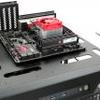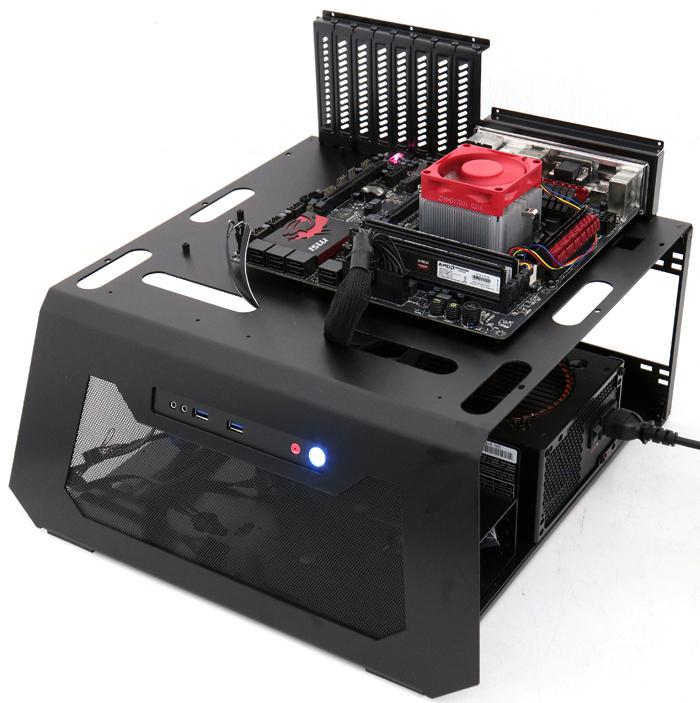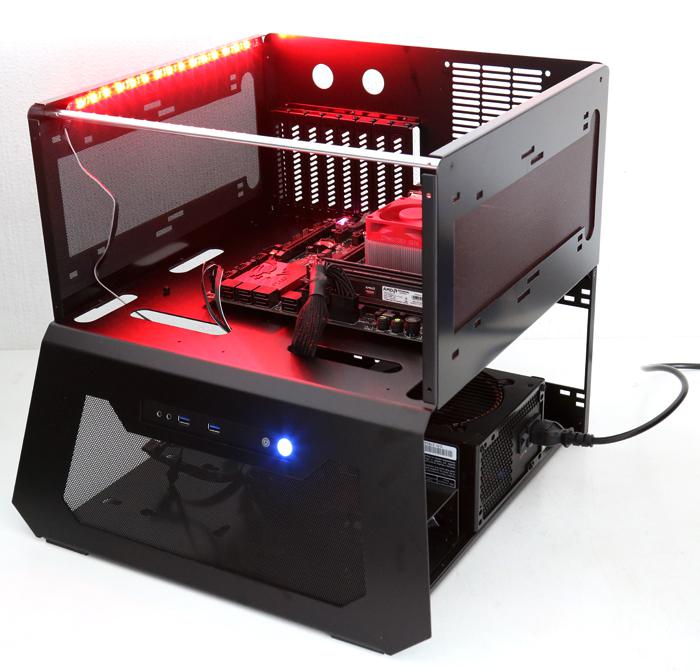Introduction
Lian Li PC-T70 Open-Air Or Closed-Air Test Bench
We review the PC-T70, this is an open-air test bench with the option for an additional kit transforming it into a closed-air case. We test the unit and see if there is more to it than meets the eye. Granted, it's not a suitable product for everybody, but if it if test benches appeal to you, we can wholeheartedly recommend that you check this article out.
Lian Li designed it right, a test bench that is versatile, can be closed (optional) and can house HDDs and SSDs. It comes with a proper PCIe slot bracket and yeah, the concept has been designed with liquid cooling in mind. We'll show you the build (and it really is a build that will take you an hour or so). The end result is a proper test bench on which you can pop and change motherboards, house storage units, and any size PSU as well as some cable management. So yes, a chassis where you can easily mount your gear and accompanying components.
Open-Air Test model Lian Li PC-T70
For roughly €119 you purchase the base unit, the Open-Air version. Handy for easy access to your motherboard and or components. However you can make a closed chassis out of it by purchasing the optional Lian Li T70-1 kit, that one costs €60 (with prices roughly similar in USD). Lian Li calls that their Radiator Fan mounting kit. The trick is that indeed you can mount rads and fans to the extra panels, but it also includes a plexiglass cover panel that closes up your components.
So this article is dedicated to all tech editors and the people that want a something else sitting next to them, the tech station aficionados, the LN2 overclockers, the guys and girls that need easy access to the motherboard or certain components... have a peek at the Lian Li PC-T70 Open-Air (Or alternatively Closed-Air Test Bench).
Closed-Air Test model with optional Lian Li T70-1 kit



